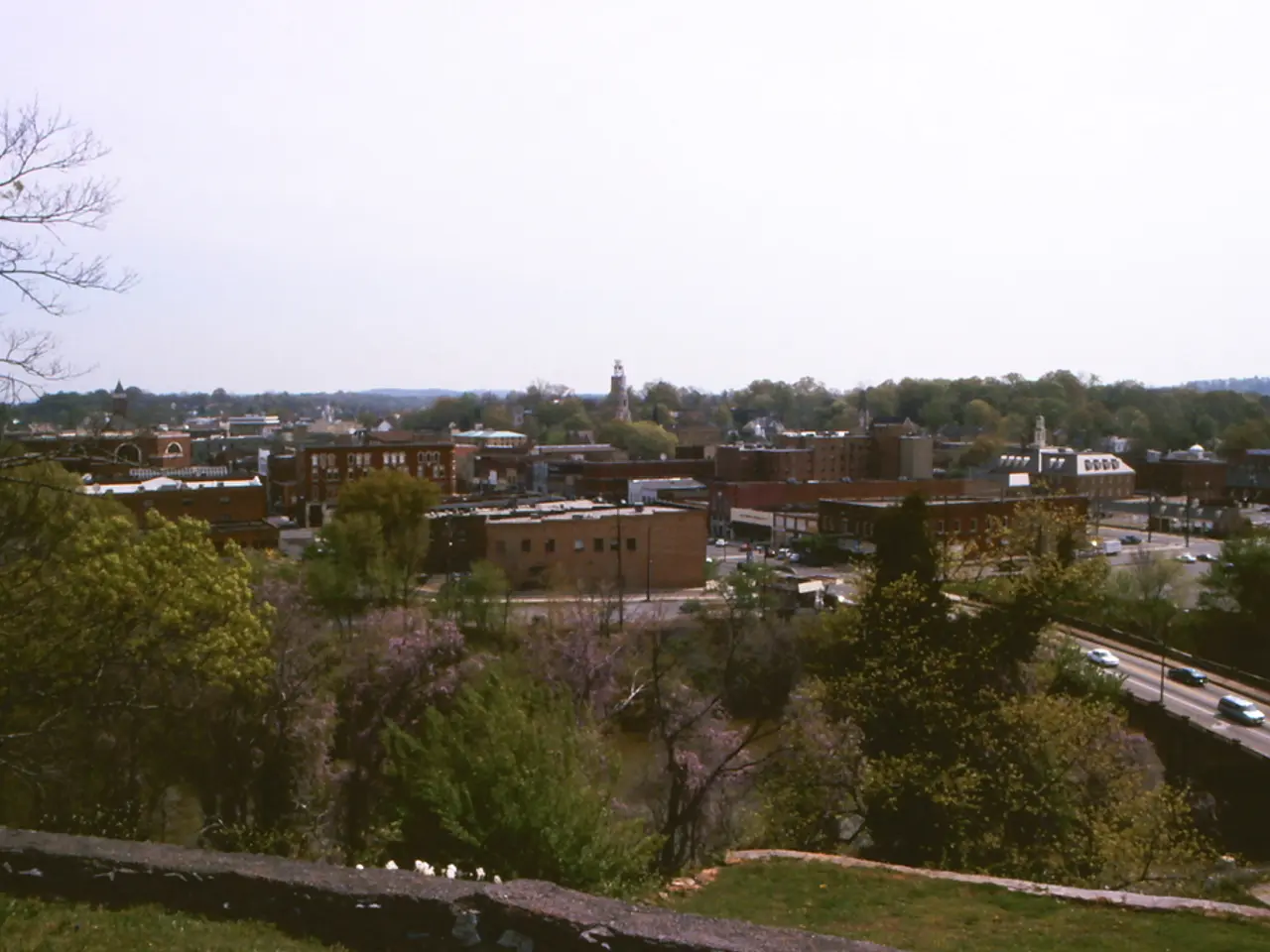City to Town Transformation: The Impact on Cultural Bonds
Cities and villages, two distinct landscapes, offer unique perspectives on cultural evolution. While cities serve as platforms for cultural exchange and adaptation, leading to dynamic cultural evolution, villages remain the cornerstone of cultural identity and community cohesion.
Urbanization, the process by which rural communities grow to become large cities or urban areas, presents a complex picture when it comes to cultural connections. On the one hand, urbanization reshapes social lives and cultural identities, transforming traditional community structures and creating new social boundaries. This transformation can sometimes lead to exclusion or changes in cultural belonging. On the other hand, urban settings act as sites where multiple migrant and ethnic groups converge, fostering a complex interaction between forming a common urban culture and maintaining distinct cultural identities and genealogical connections.
In cities, the growing multiculturalism prompts a broader acceptance and appreciation of different cultural narratives. However, genealogy becomes more complex due to the need to delve into various records such as birth certificates, immigration documents, and census data. Yet, technology plays a pivotal role in helping people maintain their cultural identities in urban environments. Social media, video calls, and messaging apps enable individuals to stay in touch with their families and communities back in the village.
The dynamic flow of culture in cities allows urban dwellers to maintain cultural practices by adapting them within new social and media landscapes. This adaptation sustains a sense of genealogy even in the absence of traditional rural or village settings. There is a growing trend of reviving and celebrating cultural practices in urban areas, such as food festivals, dance performances, and art exhibitions.
Cultural centers and organizations play a significant role in organizing events that encourage people to reconnect with their roots and introduce others to the beauty of their traditions. Moreover, people in cities can form connections based on shared interests and lifestyles beyond their cultural backgrounds, creating new forms of cultural expression and identity.
However, maintaining cultural traditions can become challenging in cities due to the mix of cultures and the hustle and bustle of city life. Yet, urbanization also encourages cultural innovation and the reproduction of cultural practices through shared community infrastructures, policies, and global cultural flows in urban contexts. The net effect depends on local policies, community inclusion, and the ability of urban migrants to maintain cultural knowledge and practices amidst urban diversity.
In contrast, villages offer a more traditional setting where cultural traditions and customs are passed down through generations with pride and continuity. Cultural events, such as festivals and weddings, strengthen communal bonds in villages. People in villages often live in close proximity to their relatives, allowing for strong familial support systems.
In conclusion, while urbanization presents challenges to maintaining cultural traditions, it also offers opportunities for cultural innovation and preservation. The key lies in fostering inclusive communities and policies that support the maintenance of cultural practices, ensuring that the rich tapestry of cultural traditions continues to evolve and thrive in both urban and rural settings.
[1] The Impact of Urbanization on Cultural Connections [2] Urbanization and Cultural Identity: A Study of Metropolitan Integration [3] Cultural Diversity in Urban Settings: Challenges and Opportunities [4] Urban Anthropology: Exploring Culture in Cities [5] The Dynamics of Culture in Cities: Transnational Networks and Diasporic Connections
- Urbanization challenges individuals to delve into various records and utilize technology, such as social media and messaging apps, to maintain their cultural identities amidst urban diversity.
- In cities, cultural centers and organizations play a crucial role in organizing events that help individuals reconnect with their roots and celebrate cultural practices through food festivals, dance performances, and art exhibitions.
- Amidst the multiculturalism, urban life allows urban dwellers to adapt cultural practices in new social and media landscapes while fostering cultural innovation and the reproduction of cultural practices through shared community infrastructures, policies, and global cultural flows in urban contexts.
- Conversely, in villages, cultural events and customs are passed down through generations with pride and continuity, reinforcing communal bonds and maintaining a strong sense of cultural heritage within traditional settings.




